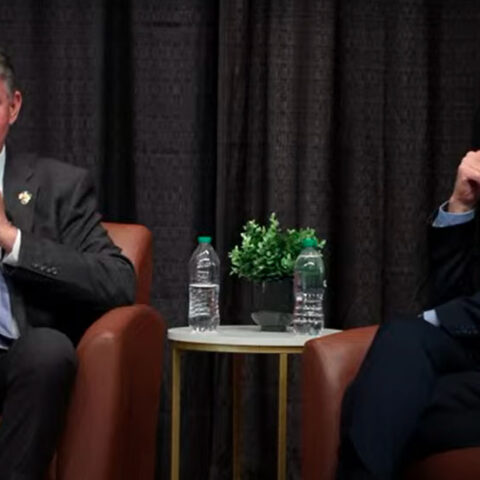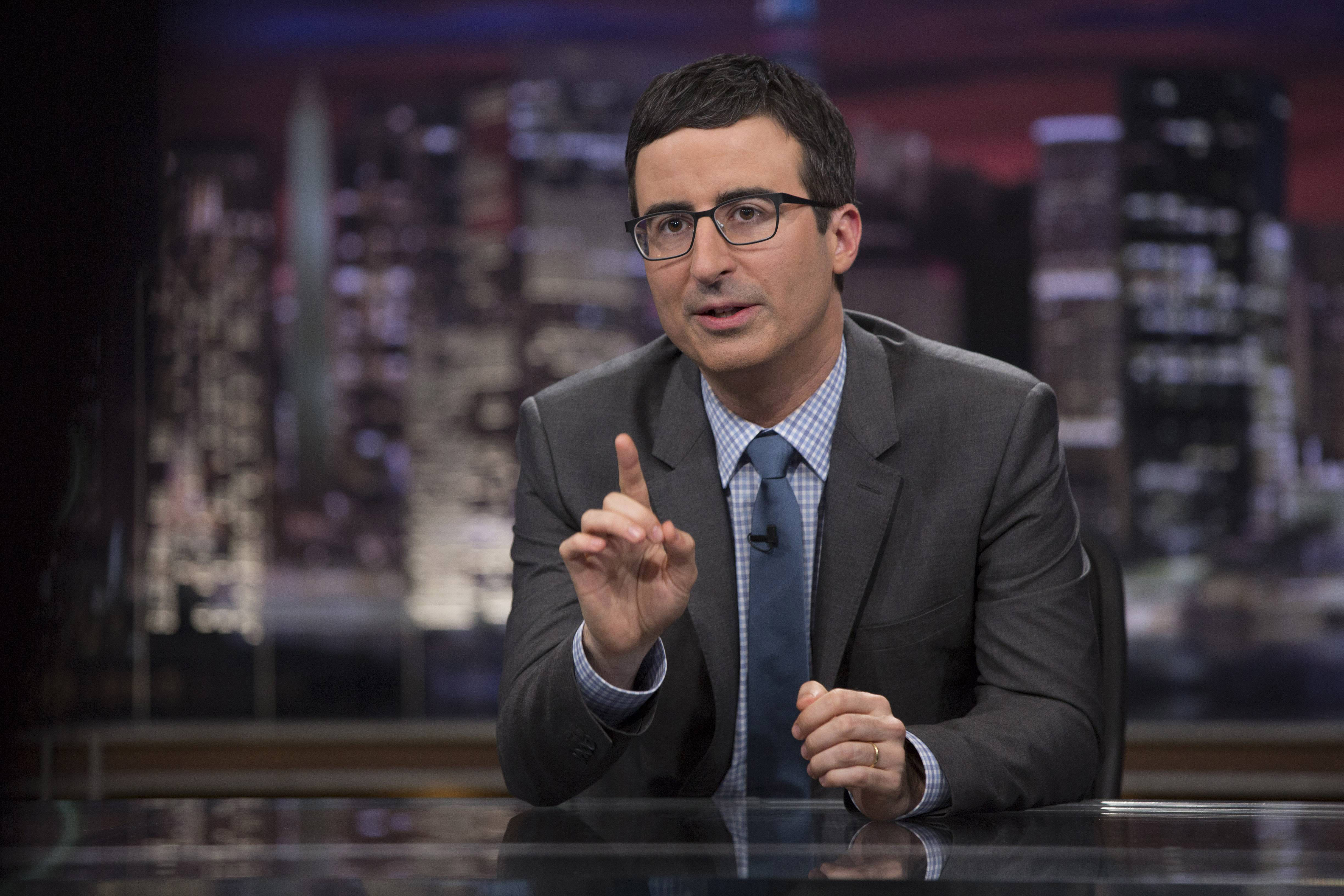By: Bert Thompson
CBS’s program “60 Minutes” has a storied history of momentous interviews: Oklahoma City bomber Timothy McVeigh; President Barack Obama on the bin Laden assassination; and even University of Alabama head football coach Nick Saban. On December 15, 2013, 60 Minutes went behind the scenes and “through the veil” at the National Security Agency (NSA), America’s most secretive spy agency.
What was intended to be a groundbreaking two-part series looking into the harshly criticized signal intelligence agency has instead created a firestorm directed instead at “60 Minutes,” challenging the show’s journalistic credibility. The series, critics assert, essentially allowed the public relations people at the NSA 25 minutes to promote the NSA to the world and refute the myriad of accusations against it. Take, for example, Dave Itzkoff of the New York Times and his tweet: “NSA Doing Great Job, NSA Says – 60 Minutes.” Or Glenn Greenwald’s “That 60 Minutes access-for-uncritical-reverence NSA propaganda piece was a new low for US journalism.”
“60 Minutes,” critics say, did not allow for any opposing viewpoints; instead, it filled the 25 minutes of airtime with fluff stories about the NSA. Even though the program was given “unprecedented access to NSA headquarters where we were able to speak to employees who have never spoken publicly before,” they only presented one side of the story. Instead of interviewing supporters of privacy rights or reformers who follow in the veins of NSA-leaker Edward Snowden, the news program showed a NSA whiz-kid solving a Rubik’s Cube.
To create a more balanced show, the program should have brought in outside people from the intelligence community, civil rights groups, and others who have expressed strong opinions regarding the Snowden affair and controversial NSA programs. The conversation between NSA officials and critics of the agency would have elevated “60 Minutes” back to its position near the top – a spot they held before the Benghazi reporting fiasco, during which the news program incorrectly based a story on the Benghazi attacks around the false statements of a man named Dylan Davies. The incident resulted in the forced leave of “60 Minutes” correspondent Lara Logan, and left the news program’s reputation tarnished. Needless to say, “60 Minutes” did not need the firestorm that came with the NSA story.
All of this is not to say that “60 Minutes'” portrayal of the National Security Agency was a complete waste of airtime. The program did expose some practices within the NSA, such as the “call chaining” technique of designating targets abroad for electronic surveillance. In this method, an analyst selects a target to see whom he or she has communicated with in a certain amount of time. Based off of these results, and by comparing them with the results of other chains, workers can create a chain of calls to find what analyst Stephen Benitez calls “the missing link that tells us everything.” “60 Minutes” should be commended, in some regard, for taking viewers deeper into the NSA than any group before them. But they allowed themselves to be directed and guided by the NSA, not probing the NSA’s claims as journalists should.
Yet why is anyone shocked that the NSA and CBS only presented a positive image of the spy agency and its tactics? Though cynical, it is not surprising that the NSA only would allow itself to be looked positively upon in the segment. Yes, it can be argued that it is “60 Minutes’” responsibility to provide a critical examination in their pieces, but the NSA’s leaders – most importantly, General Keith Alexander, its director – would agree to such in-depth access only if the agency would gain positive public relations from its participation.
The NSA needed support in the mass media, especially when the “60 Minutes” special aired. On Dec. 12, 2013, President Obama’s Review Group on Intelligence and Communications Technologies presented its report “Liberty and Security in a Changing World” to the commander-in-chief. Comprised of, among others, Richard A. Clarke – the former Counterterrorism expert in the Clinton and Bush Administrations – and Michael J. Morell, the two-time acting director of the Central Intelligence Agency, the Review Group’s report was issued to the public on Wednesday, Dec. 18. Thus the impotence for the “60 Minutes” special becomes more and more clear – the NSA needed Americans to hear their side of the story before the report was given to the public.
The report (which can be accessed here) contains recommendations for the President and the NSA, 46 in total. The most important question remains: how can the United States balance its national security needs and the privacy priorities of its citizens? The major issue revolves around the meta-data collection undertaken by the NSA under section 215 of the Foreign Intelligence Surveillance Act. Meta-data collection involves the collection of bulk data regarding the calls of a target group. Call duration, calling numbers, and the time of the call. Meta-data collection “does not include the substantive content of any communication,” in the words of the Review Group. The Review Group recommends “that Congress should end such storage and transition to a system in which such meta-data is held privately for the government to query when necessary.” The Group’s conclusion is that the current system of meta-data collection poses “potential risks to public trust, personal privacy, and civil liberty… [but] that the government might need access to such meta-data,” so private actors or a private third party should hold it.
It is clear why the NSA wanted a public relations blitz the weekend before the public release of the Review Group’s report: they wanted to regain some lost ground before they come under fire from higher authorities. Starting with Recommendation 22, the Review Group suggests that the Director of the National Security Agency be confirmed by the Senate; civilians be eligible for holding the position (the role is currently a military-specific one); and that the President should strongly consider making the next NSA Director a civilian. They also put forth that the head of US Cyber Command and the NSA Director not be the same person (Recommendation 24), and that the Information Assurance Directorate be removed from the NSA (Recommendation 25).
While these recommendations only come from a Review Group and have no guarantee of going into effect, the top brass at the NSA and Department of Defense (DoD) want to protect their turf as much as possible. The last thing a bureaucracy – especially one as large as the DoD – wants is to have power taken away from it. Thus, it should come as no surprise that the NSA pulled out all of the stops on “60 Minutes.” They brought out their smartest analysts and most personable bureaucrats, as well as interesting stories about going to Edward Snowden’s home in Hawaii. In the end, the National Security Agency ran a brilliant public relations campaign, but CBS and “60 Minutes” allowed the illusion of “behind-the-scenes access” to blind their journalistic standards. “60 Minutes” had an incredible opportunity to further define the issues surrounding the NSA, and through the melding of differing opinions, they could have helped Americans have a better understanding of the NSA and its challenges.


